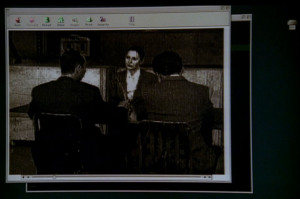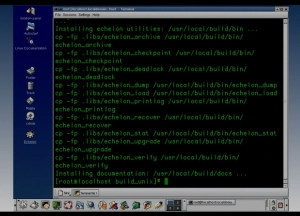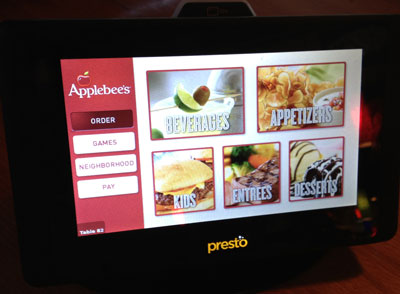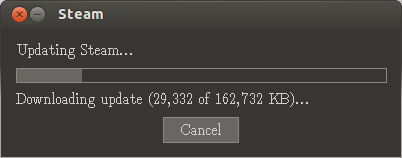Throughout my own life, I have often observed that my own sense of nostalgia has a window that stretches about 10-15 years past from the current moment. Earlier this year, I discovered the show “Alias” and watched through the entire series thanks to Amazon Prime Instant Video (to be fair, I sort of skimmed the fifth and final season which I found to be horribly dull, or maybe franchise fatigue had set in). The show originally aired from 2001-2006 so I found that it fit well within the aforementioned nostalgia window.

But what was it, exactly, about the show that triggered nostalgia? The computers, of course! The show revolved around spies and espionage and cutting-edge technology necessarily played a role. The production designer for the series must have decided that Unix/Linux == awesome hacking and so many screenshots featured Linux.
Since this is still nominally a multimedia blog, I’ll start of the screenshot recon with an old multimedia player. Here is a vintage Mac OS desktop running an ancient web browser (probably Netscape) that’s playing a full-window video (probably QuickTime embedded directly into the browser).
Let’s jump right into the Linux side of things. This screenshot makes me particularly sentimental since this is exactly what a stock Linux/KDE desktop looked like circa 2001-2003 and is more or less what I would have worked with on my home computer at the time:
Studying that screenshot, we see that the user logs in as root, even to the desktop environment. Poor security practice; I would expect better from a bunch of spooks.





